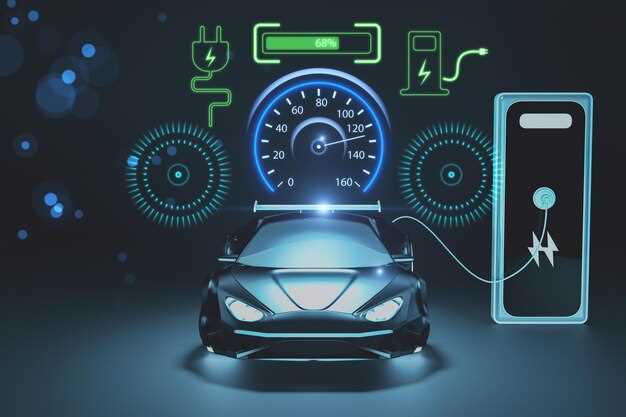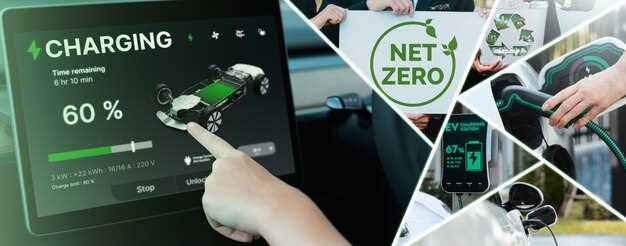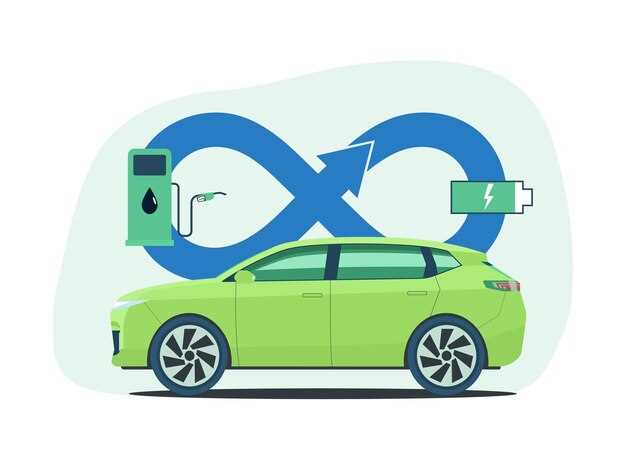
As we advance into 2025, hybrid vehicles have become increasingly prevalent on the roads, reflecting a significant shift in consumer preferences and technological advancements. These eco-friendly vehicles, which combine conventional internal combustion engines with electric propulsion, offer a promising alternative to traditional cars. One of the most notable benefits of hybrid cars is their ability to significantly reduce greenhouse gas emissions, thereby contributing to a reduction in air pollution and combating climate change.
Moreover, hybrids provide excellent fuel efficiency, allowing drivers to enjoy lower operating costs over time. The combination of an electric motor and gasoline engine means that these vehicles can seamlessly switch between power sources, enabling longer driving ranges while minimizing fuel consumption. This versatility not only appeals to environmentally conscious consumers but also to those seeking economic advantages in their daily commuting.
However, hybrid vehicles are not without their drawbacks. The initial purchase price of a hybrid car can be higher compared to traditional vehicles, which may deter some buyers. Additionally, the complexity of the hybrid technology can lead to higher repair and maintenance costs if issues arise. Furthermore, while hybrids do contribute to reduced emissions, they still rely on fossil fuels to some extent, raising questions about their long-term sustainability in the quest for greener transportation solutions.
As we explore the pros and cons of hybrid vehicles in 2025, it becomes clear that consumers must weigh the benefits of sustainability and cost savings against potential challenges in ownership and maintenance. The future of hybrid cars in the automotive landscape will largely depend on ongoing innovations and market demands, solidifying their role as a transitional technology in the fight for a cleaner environment.
Environmental Impact of Hybrid Vehicles in Urban Settings

Hybrid vehicles represent a significant advancement in automotive technology, especially in urban environments where traffic congestion and air quality issues are prevalent. One of the primary benefits of these vehicles is their enhanced fuel efficiency. By utilizing a combination of traditional internal combustion engines and electric motors, hybrids can optimize their power usage, resulting in lower emissions compared to conventional gasoline vehicles.
In densely populated urban areas, the concentration of vehicle emissions can lead to severe air pollution, which negatively impacts public health. Hybrid cars contribute to reducing the overall carbon footprint of urban transport systems. Their ability to operate on electric power at low speeds means that they produce fewer greenhouse gases during typical city driving conditions, where stop-and-go traffic is common. This capability can lead to noticeable improvements in air quality, benefiting urban residents.
Furthermore, the transition towards hybrid vehicles harmonizes with sustainability goals set by many cities aiming to tackle climate change. By lowering dependency on fossil fuels and utilizing more efficient energy sources, these vehicles can mitigate the effects of urban sprawl on the environment. However, it is important to consider that the environmental benefits are maximized only when hybrid vehicles are charged using renewable energy sources, highlighting the interconnection between energy policy and transportation.
On the other hand, the production and disposal of hybrid vehicles pose challenges. The manufacturing process requires the extraction of rare materials for batteries, which can have adverse environmental effects. Additionally, proper disposal or recycling of batteries remains a critical concern. Consequently, while hybrid vehicles offer immediate benefits in urban settings, long-term sustainability must be assessed through the entire lifecycle of the vehicle.
In summary, hybrid vehicles play a crucial role in improving urban air quality and reducing overall emissions, thanks to their fuel efficiency and innovative technology. However, a holistic approach considering manufacturing impacts and disposal methods is essential to fully realize their environmental advantages.
Cost Analysis: Long-term Savings vs. Initial Investment
When considering the purchase of a hybrid vehicle, potential buyers often grapple with the balance between initial costs and long-term savings. Hybrid cars typically come with a higher upfront price due to advanced technology and components, including electric motors and high-capacity batteries. This initial investment can be a barrier for many consumers, as hybrid vehicles tend to carry a price premium compared to their conventional gasoline counterparts.
However, the efficiency of hybrid cars offers significant long-term savings that can offset this initial expense. These vehicles are designed to maximize fuel economy, often achieving better miles per gallon (MPG) than traditional cars. As fuel prices fluctuate, the savings on fuel over time can be substantial. Many hybrid owners report lower fuel costs, especially in urban settings where regenerative braking is frequently utilized.
Additionally, hybrids generally incur lower maintenance costs compared to standard vehicles. The wear and tear on braking systems is reduced due to regenerative braking, and many hybrid components, such as electric motors, require less frequent servicing. These factors contribute to a lower total cost of ownership over the lifespan of the vehicle.
Government incentives and tax credits for hybrid car buyers can further mitigate the initial investment, providing additional financial relief. These incentives vary by region but can significantly enhance the economic viability of adopting hybrid technology.
In conclusion, while the initial cost of hybrid cars may be higher, the efficiency and savings accrued over time tend to outweigh this investment, making them a financially sensible choice for many consumers in the long run.
Performance Comparison: Hybrid Cars vs. Traditional Gasoline Vehicles

When evaluating the performance of hybrid vehicles compared to traditional gasoline vehicles, several key factors come into play, including acceleration, fuel efficiency, and overall driving experience.
Hybrid cars typically offer superior fuel efficiency due to their dual power sources: an internal combustion engine paired with an electric motor. This combination allows for optimized energy usage, particularly in stop-and-go traffic where the electric motor can handle low-speed driving, reducing reliance on gasoline. In urban settings, this results in lower emissions and decreased fuel consumption compared to conventional gas vehicles.
Acceleration is another aspect where hybrids show a distinct advantage. Many hybrid models are equipped with electric motors that provide instant torque, resulting in quicker starts and responsive performance in various driving conditions. This immediate power delivery can enhance the driving experience, particularly during overtaking maneuvers or rapid acceleration needs.
However, traditional gasoline vehicles often have an edge in high-speed performance and sustained power during long-distance travel. Gasoline engines generally deliver robust horsepower that can lead to increased performance on highways. This sustained power can be appealing for drivers who prioritize long-distance travel and require a vehicle that can maintain higher speeds without the constraints of battery range.
In terms of weight, hybrid cars tend to be heavier due to the additional components necessary for their dual systems. This extra weight can affect handling and agility when compared to lighter gasoline vehicles. Nonetheless, advancements in technology are continually reducing the weight of hybrid systems, enhancing their overall performance.
Overall, while traditional gasoline vehicles maintain a stronghold in high-speed performance and may be more appealing for long drives, hybrid cars excel in efficiency and urban driving scenarios. As technology continues to evolve, the performance landscape of hybrid vehicles is likely to improve further, making them an increasingly competitive option in the automotive market.




